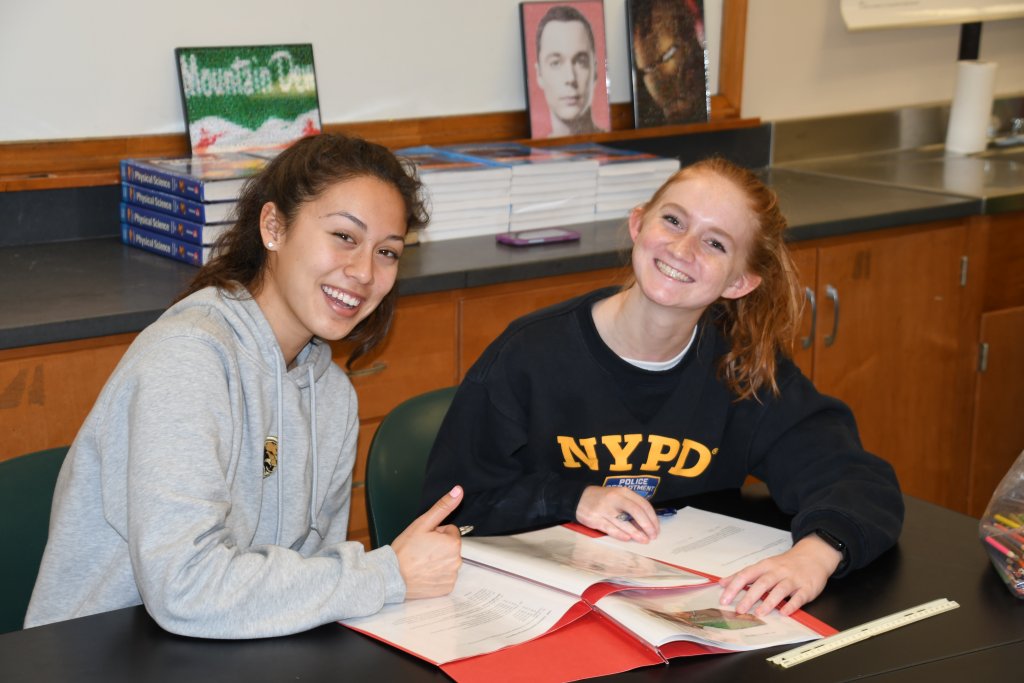Dynamic Planet
Division: Div C – High School
NC Essential Standards Alignment: EEn.2.3, EEn.2.7
Event Rules: See the National Rules Manual
National Event Page: Here
Description:
Teams will complete tasks related to physical and geological oceanography.
Materials:
Each team may bring a binder of any size containing information in any form and from any source. Sheet protectors, lamination, tabs and labels are permitted. No material may be removed from the binder when moving through stations. Each team may bring two stand alone non-programmable, non-graphing calculators.
Scoring:
High score wins. Points will be awarded for the quality and accuracy of responses. Ties will be broken by the accuracy and/or quality of answers to selected questions.
Event Resources:
Dynamic Planet 2019 Coaches Clinic Presentation (2018 Rules)
Dynamic Planet Resources
Glacial Margin Geology
Ice Core Observations
Properties of Ice
Glacial Mass Balance
Types of Glaciers
Glacier Landforms and Features
Glacier Landforms
Glacier Landforms pt 2
Glacier Hydrology
Glacier Global Impact
The History of Ice on Earth
Ice Core Basics
Milankovitch Cycles and Glaciation
Laurentide Ice Sheet Retreat
Ice Sheet Changes
Studying Glaciers
Cryosphere Changes
Oxygen Balance
Glacial Deposits
Dynamic Planet Great Climate and Glacier Graphs and Maps
Correlation of Stratigraphic Units
NC State GeoSciences YouTube channel. Lots of great information on this channel!
Dynamic Plates App for iPad
Tremor Tracker for iPad
A model of Three Faults
Investigating Plate Tectonics with Google Earth
Discovering Plate Boundaries
Pinterest Board with great Earth Science ideas
Resources for topics NOT in this year’s rules:
Water Science – USGS
Photo Glossary of Glacier Terms
UMass Glacier Lecture Series
The Bridge – An ocean of teacher approved marine education resources – NOAA Sea Grant
Project Oceanography – University of South Florida – A collection of activities
Oceanography: An Invitation to Marine Science – Tom Garrison, Book, used versions on amazon for less than $10
Media:

